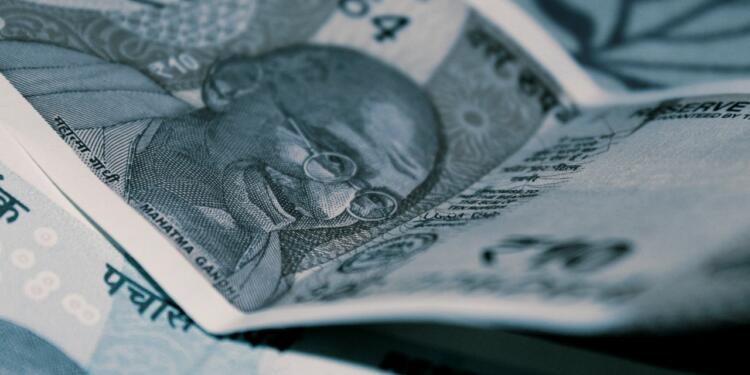Indian Forex Markets: While its regional peers recorded inflation rates nearing the double digits, India’s inflation has remained relatively stable at 5-6%. This resiliency has contributed to the growth of the country’s foreign exchange or forex reserves in 2022, with $632 billion (Rs 52 lakh crore) being enough to cover the external debt amounting to nearly $600 billion (Rs 41 lakh crore) that year. Since then, India’s forex reserves have been breaching the $600 billion mark, going up by $12.74 billion (Rs 1.04 lakh crore) to $609.02 billion (Rs 50 lakh crore) in July 2023.
Gains in forex reserves not only lead to improved debt-service coverage ratio and financing of imports but can also boost investor confidence, particularly in forex trading. As central banks use these reserves in favour of the domestic currency, more and more Indian traders are breaking through and profiting from forex markets. Below, we discuss the other economic and political drivers that help them maximise their profits.
RBI’s push for retail transactions
Forex trading was initially an industry with high barriers to entry, mainly due to large corporations and banks controlling the trading volume amongst themselves. However, the Reserve Bank of India (RBI) aims to level the playing field for retail customers in forex markets by shifting price discovery to alternative platforms. The RBI has also asked authorised dealer banks to be more transparent with the charges levied on retail transactions. Given the RBI’s proactive efforts to promote and streamline new forex trading systems, retail traders are able to match their FX orders automatically and anonymously with relatively low fees.
Rise of online trading platforms
Besides alternatives endorsed by the RBI, Indian traders have also taken a stake in highly liquid forex markets through online trading platforms. Likewise, forex trading through an online brokerage allows beginner and long-time traders alike to buy and sell a wide range of major, minor, and exotic currency pairs with low startup costs and zero commission. Such platforms also accept instant deposits and withdrawals in the local currency rupee, thereby increasing profits by removing conversion fees. Overall, the rise of online broking firms has made it more accessible for Indians to capitalise on frequent price movements of currency pairs through fast order execution.
Introduction of onshore NDFs
The Indian government has also announced its move to deepen forex markets through the introduction of non-deliverable forwards (NDFs) to local residents. These NDFs are currency derivatives contracts usually executed offshore since they allow investors to hedge exposure to illiquid and rarely traded currencies by locking in an exchange rate for a future date. But this new policy widens the access to profitable currency hedging opportunities to smaller traders onshore, mainly through local lenders with an IFSC Banking Unit.
Liberalisation of the larger economy
The significant growth of currency trading in India can also be attributed to macroeconomic policies such as liberalisation. A liberalised economy means banks and financial institutions have more flexibility in holding and trading foreign currencies. Meanwhile, the RBI’s Liberalised Remittance Scheme has also made it less cumbersome for Indian residents to make individual forex transactions like money transfers and capital outflows, ultimately optimising their forex dealings and trading strategies.
As the rupee continues to keep its head above the dollar, there are recent talks of India’s plan to de-dollarise the national economy and essentially reduce its reliance on the US dollar. Although financial experts speculate that this could potentially boost the economy and stave off recession, it may also result in exchange rate volatility, especially among forex traders dealing with a popular USD currency pair. Indian traders must hence be on the lookout for any concrete push on the use of the rupee for international trade.































